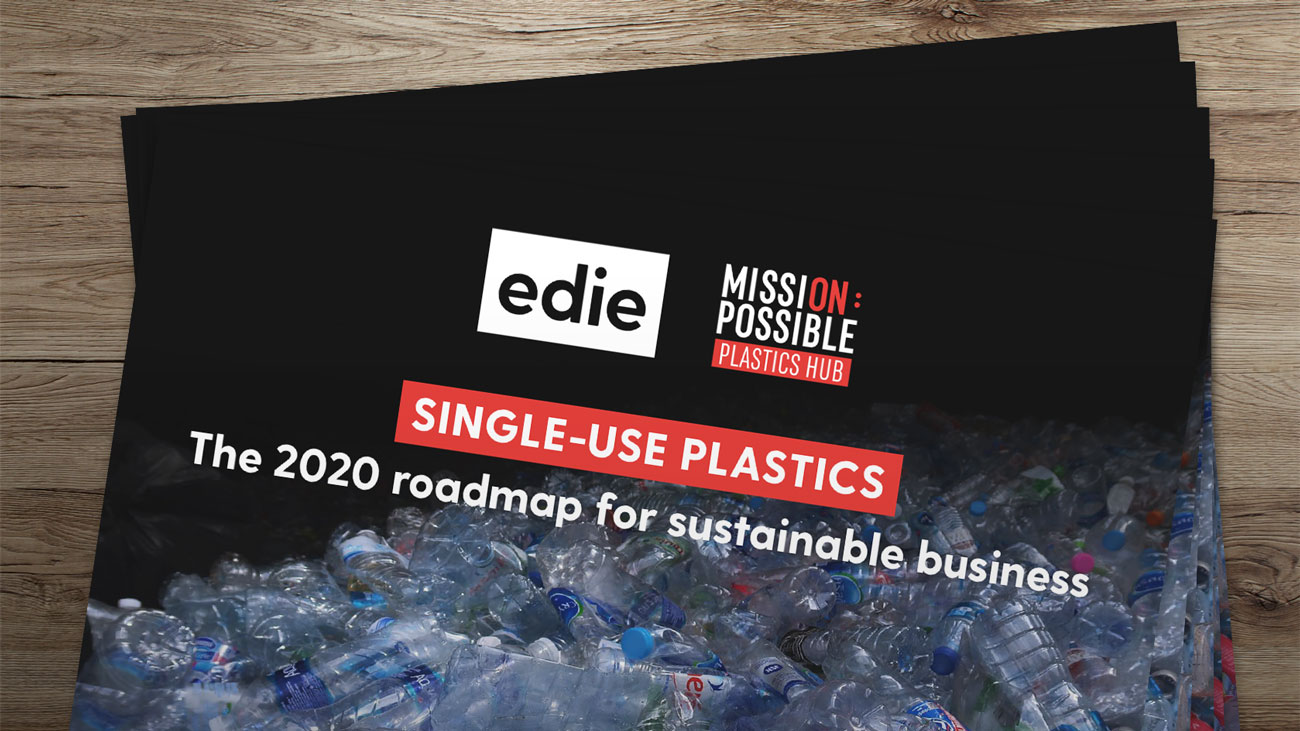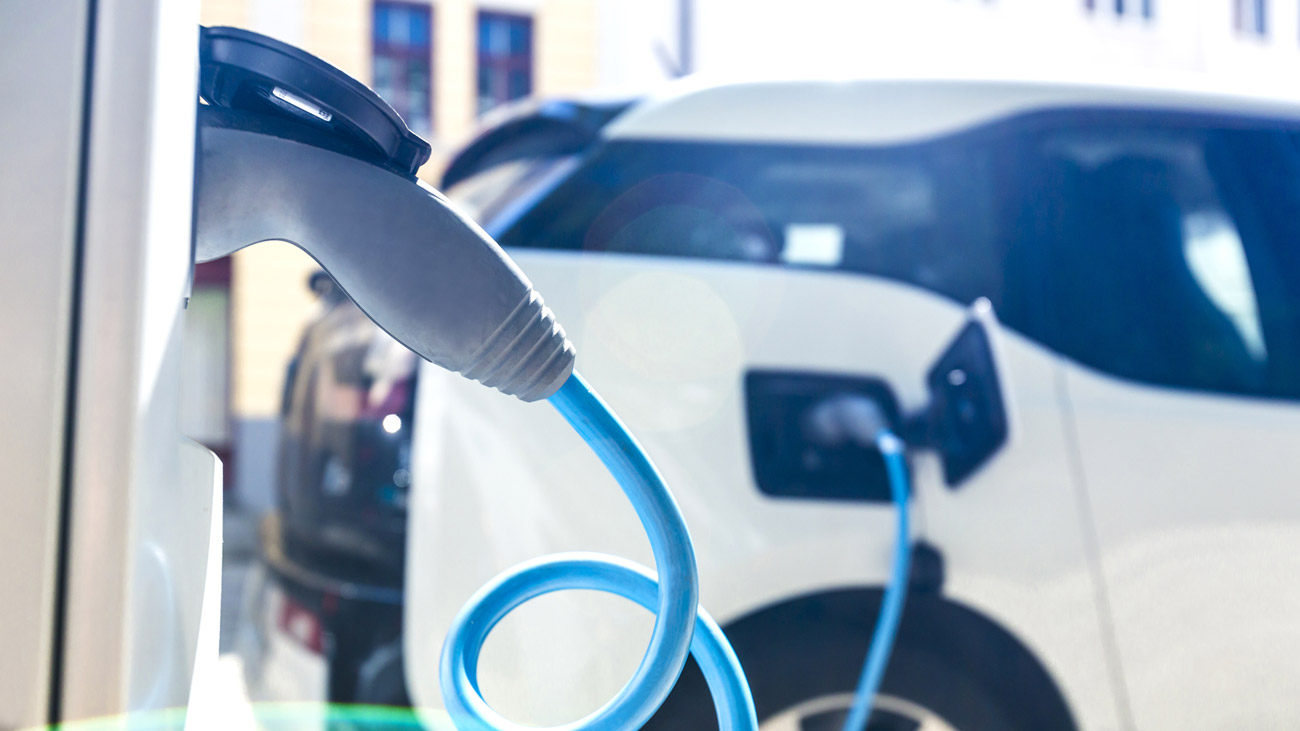
Briefing: Ten things businesses can do to lower their emissions
Understanding your business’ role in addressing the climate emergency is an important first step in sustainability. In this briefing we discuss how you can begin to reduce your emissions.
“If we are collectively to uphold the Paris Agreement and keep temperature increases below 1.5°C, businesses have a responsibility to become leaders in sustainability, and to inspire and support consumers to take action,” says the Energy Saving Trust.
Following COP26, the UK Government’s HM Treasury has confirmed that by 2023, all firms will have to have created and published detailed plans for how they intend to hit climate targets to transition to net zero, in line with the UK’s 2050 target. While these commitments will not be mandatory, they will have to be published in an aim to increase transparency and accountability.
The Energy Saving Trust continues:
“Organisations’ net zero plans will need to outline the changes to their business model, including skills, financial expectations and how they plan to support employees. It should help safeguard against greenwashing, a term used to describe the activities of companies that provide a misleading impression of how their products or processes are environmentally sustainable. Bringing your sustainability goals to every aspect of your organisation, including involving all your employees and your supply chain, is now a necessary step for both short-term emission reductions and long-term net zero ambitions.”
The British Chambers of Commerce suggests the following pointers to help you make a start in reducing your emissions:
1. Identify the source and scale of your emissions
'Carbon emissions' refers to the release into the atmosphere of carbon dioxide (CO2). Carbon dioxide is a naturally-occurring colourless and odourless gas that is integral to life. The burning of carbon-based fossil fuels leads to more carbon dioxide in the atmosphere, and increased rates of climate change. Carbon-based fuels that release carbon dioxide when burned include timber, coal, gas, oil, petrol, diesel and so on.
In order to set a goal, you need to know where your emissions come from and calculate the scale of them. See: A beginner’s guide to carbon footprinting and the Zero Carbon Business Hub’s Carbon Footprint Calculator.
2. Identify opportunities for carbon reductions and make a plan
How will you measure your emissions to ensure you are reducing your carbon footprint? Setting interim targets along the path to net zero is vital. See the Zero Carbon Business Hub’s cost of carbon emissions calculator to see where this can lead to savings for your business.
3. Switch to green energy
This is the simplest and quickest way to reduce your emissions. Consider suppliers that use renewable energy sources.
4. Reduce waste
Recycling materials such as paper or plastic helps you reduce waste and lessen the impact on the environment. It will also save you money on landfill tax and waste disposal rates.
5. Consider your business travel patterns
With many organisations moving to a hybrid working model, consider your employees’ working patterns and whether a reduction in travel may help to reduce your emissions.
6. Engage with your supply chain
Businesses that supply you or to whom you supply are part of your ‘Scope 3’ emissions. Working with them to drive down emissions, share ideas, best practice and resources is an essential part of reducing emissions.
7. Diversify your fleet
Encouraging third party suppliers to invest in more fuel-efficient fleets or considering the efficiency of your own fleet is an important step. Go Ultra Low’s Car Tax Calculator helps you to see the savings this could bring about.
8. Consider quality carbon offsetting
Some emissions cannot yet be avoided, even after you have reduced your own. Carbon offsetting projects can have positive impacts on global emissions. See a beginner’s guide to carbon offsetting.
9. Communicate your plans and successes
Climate change is an important issue for the public. Engaging your staff in your emissions reduction work and communicating your success to customers is important.
10. Make the commitment and stay up to date
Consider making the SME Climate Commitment to future-proof your business, and ensure that you stay up to date with ever-changing Government policy on climate change through your local chamber.





